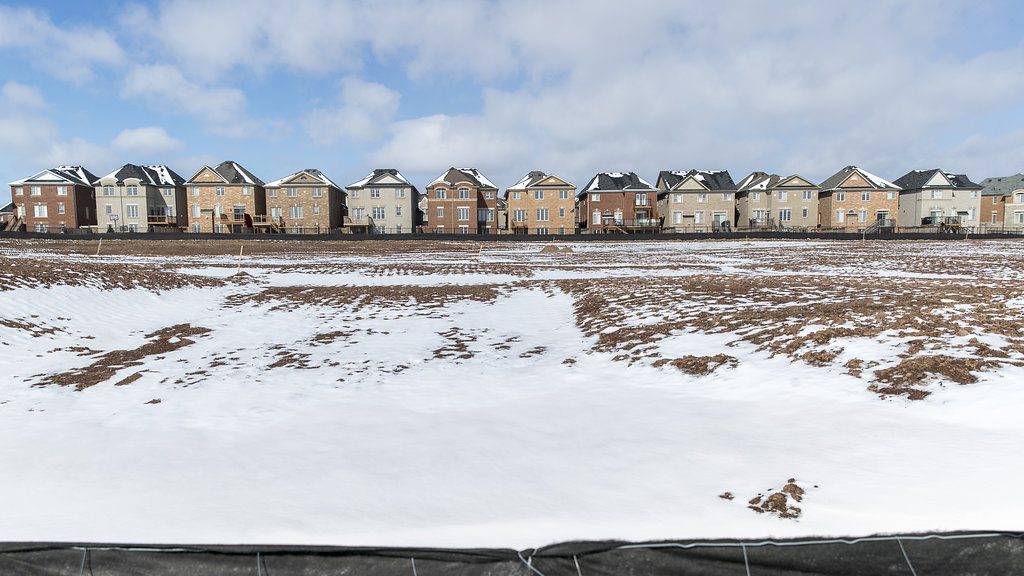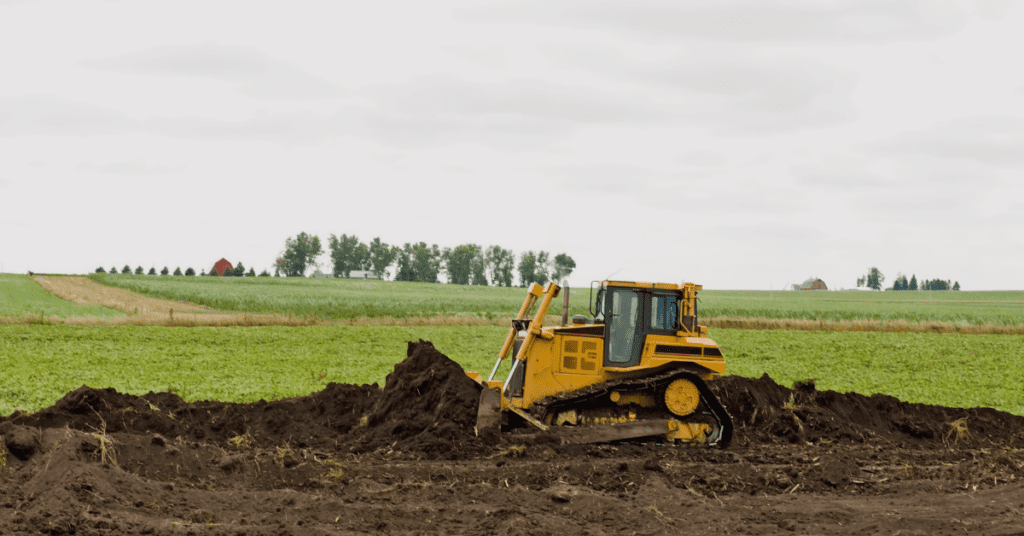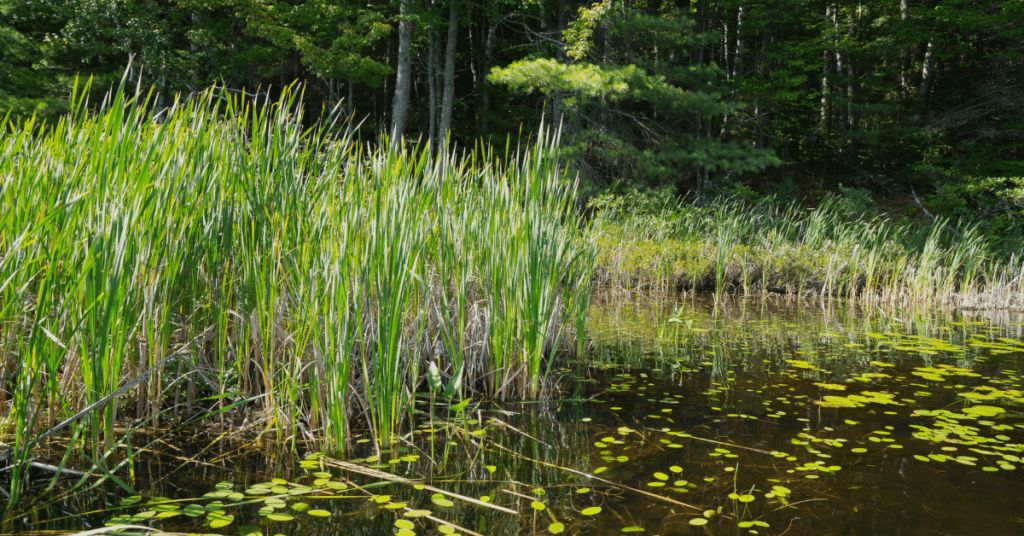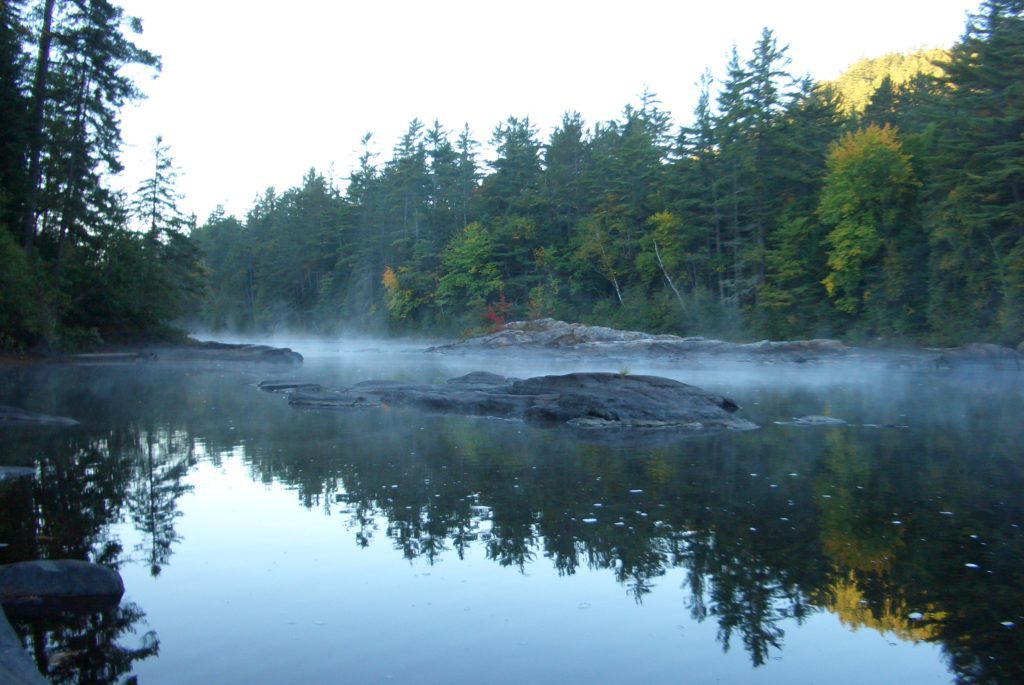This blog was updated on September 23, 2021
Quick acting York Region residents have won themselves a month to save thousands of hectares of contested countryside from sprawl – and to save existing residents from 3-more decades in incomplete, car-dependent neighborhoods. The decision on land York Region will convert to sprawl is now set for October 21, 2021, and public comment is due by noon, October 20th.
Bowing to months of behind-the-scenes manipulation by politically-connected landowners and their allies at Queen’s Park, York Region Council had been set to use a surprise special meeting on September 16th to vote on a plan that would commit it for the next 30 years to the paving of countryside at more than double the rate it has since 2001.
However, after last minute public awareness effort, residents forced the Region to delay the decision until at least October 21st. More than 200 written and in-person deputants took Council to task for providing just one week of advance notice, and for failing to consult on or even flesh out a fixed Settlement Area Boundary option.
In contrast to peers like Hamilton and Halton Region, which “hit the brakes” to allow well-publicized and relatively successful public consultations on fleshed out zero-sprawl options. In contrast, York Region’s proposal went unnoticed by even the most engaged watchers of municipal politics, and excludes any meaningful alternatives to sprawl. Now, a final recommendation is being rushed through, with just a few days’ notice, at a surprise Special Meeting of it’s Regional Council. Residents now have until noon, on Wednesday, October 20th, to register for a deputation, or submit one in writing.
Expanding York Region’s Settlement Area Boundary even further would be an unmitigated disaster for its forests, wetlands, open spaces and farmland, because it would commit the Region, for 30 years, to more than double the rate at which it has been bulldozing green space. Put in concrete terms this means that while York Region used about 6,400 acres between 2001 and 2019 the new plans would see it burn through roughly 25,000 more acres by 2051. It would pave some of the last non-urbanized headwaters of the Rouge and Don rivers, and push a huge volume of people & pavement into the Lake Simcoe watershed, which has absolutely no more capacity to absorb more sewage or urban runoff.
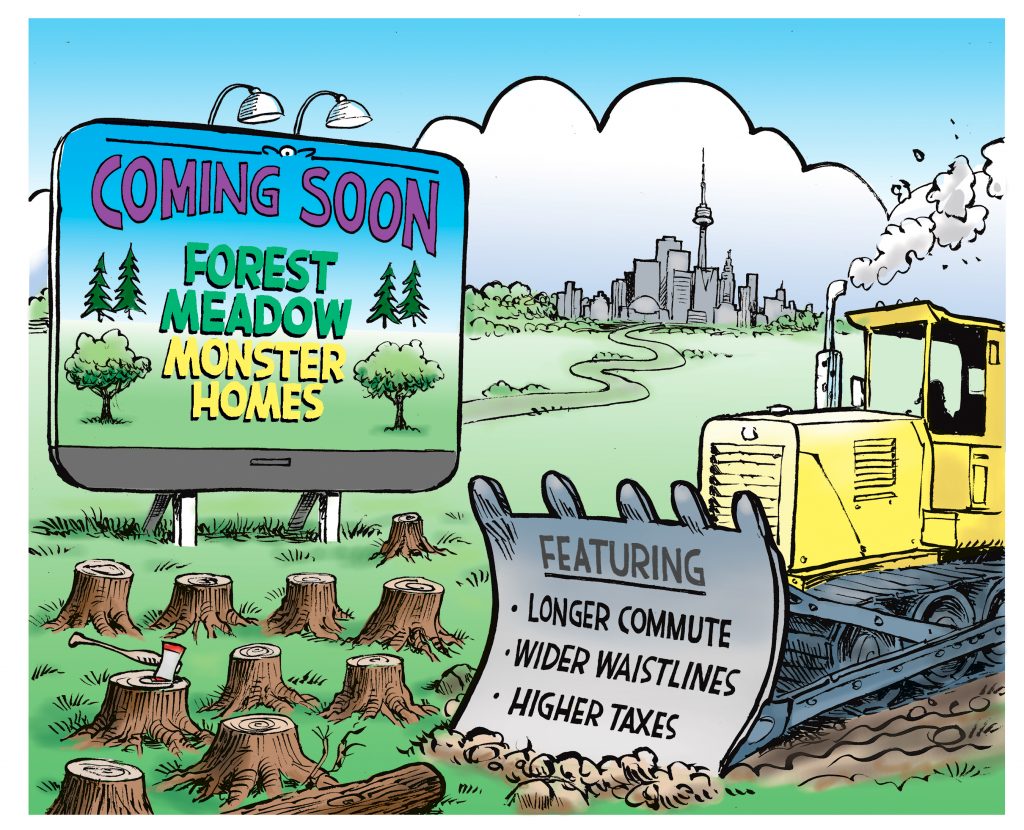
Squandering the benefit of the next 30 years of new resident arrivals and job creation by building more sprawl instead of building in existing neighbourhoods would recklessly shirk York Region’s climate change obligations and increase the costs of services for existing York Region residents. It would also waste the best opportunity to change the car-dependency that frustrates residents of existing York Region neighborhoods.
New homes and jobs are needed to complete existing neighbourhoods and make them dense enough to support public transit, share the costs of roads, sewers, water, schools and hospitals and free citizens from car dependency. York Region residents do not want to wait another 30 years for this. In a survey conducted this year, 80 per cent of York Region residents with an opinion (64 per cent vs. 16 per cent who disagreed) said they’d “much prefer” to live in a neighbourhood where they “didn’t need to use a car to do [their] shopping, recreation, entertainment, or commutes to work or school.”
Time is running short to stop York Region from hurling itself over this cliff. The deadline for written deputations, and for registering for oral deputations is Wednesday, October 20th at noon. If you are willing to depute, and/or write a letter to the Region’s Chair and Councillors, here are the key points to raise:
- York Region has failed to consult properly. Unlike peer regions, (e.g., Hamilton, Halton) it has not consulted on a fleshed-out fixed Settlement Area Boundary option. The formal discussions it claims to have held were so poorly publicized that they went unnoticed by many of the most engaged council-watchers in York Region.
- While York Region paved roughly 6,400 acres between 2001 and 2019 – that’s 357 acres per year – the new plan would see the region burn through a further 25,000 acres by 2051 – that’s 791.5 acres per year – more than double the past rate.
- There is absolutely no land supply shortage in York Region. The proposed Settlement Area Boundary expansion would add 5,000 more acres to the roughly 20,000 of countryside York Region opened up years ago, but which has never been used.
- In addition to paving some of the last unbuilt headwaters of the Rouge and Don rivers, this plan would see a huge number of people and a huge area of sprawl forced into the sensitive Lake Simcoe watershed, which simply doesn’t have the capacity for more sewage or runoff. Environmental NGOs warned York and the province in a joint letter of January 19th, that there is presently no sustainable way to increase sewage capacity in Upper York Region, and that no further settlement expansion should be directed to that part of York Region. A provincial regulation actually prohibits approval of the “Upper York Sewage Solutions” proposal.
- This plan betrays existing York Region residents by squandering the next 30 years of growth on more low-density sprawl. That growth is desperately needed to complete existing neighbourhoods, which have not yet developed the densities and mix of uses that are required for people to rely on active transportation. While a strong majority of York Region residents say they “simply can’t get by without a car” as things stand, 80 per cent of those with an opinion (64 per cent , vs. 16 per cent who disagree) say they’d “much prefer” to live in a neighbourhood where they “didn’t need to use a car to do [their] shopping, recreation, entertainment, or commutes to work or school.” This plan is likely to prevent that from happening within the next three decades.
- York Region is not legally obligated to extend its urban boundary, even though the province and land speculators are trying to strongarm the region into doing so. On the contrary, this plan contravenes the Provincial Policy Statement, which requires York Region to direct all of its future growth to places where it can support public transit and can minimize land consumption and servicing costs. It will be extraordinarily difficult to achieve this in the fragmented chunks of land which this plan would see added to the Settlement Area Boundary. Right now, the land which is next to the proposed new settlement areas has low rates of public and active transportation. Building more sprawl will make the situation worse. Instead, York Region should build in the existing settlement area, especially in areas close to existing public transit.
Remember, York Region residents have been given until noon, on Wednesday, October 20th, to register for a deputation, or submit one in writing.




